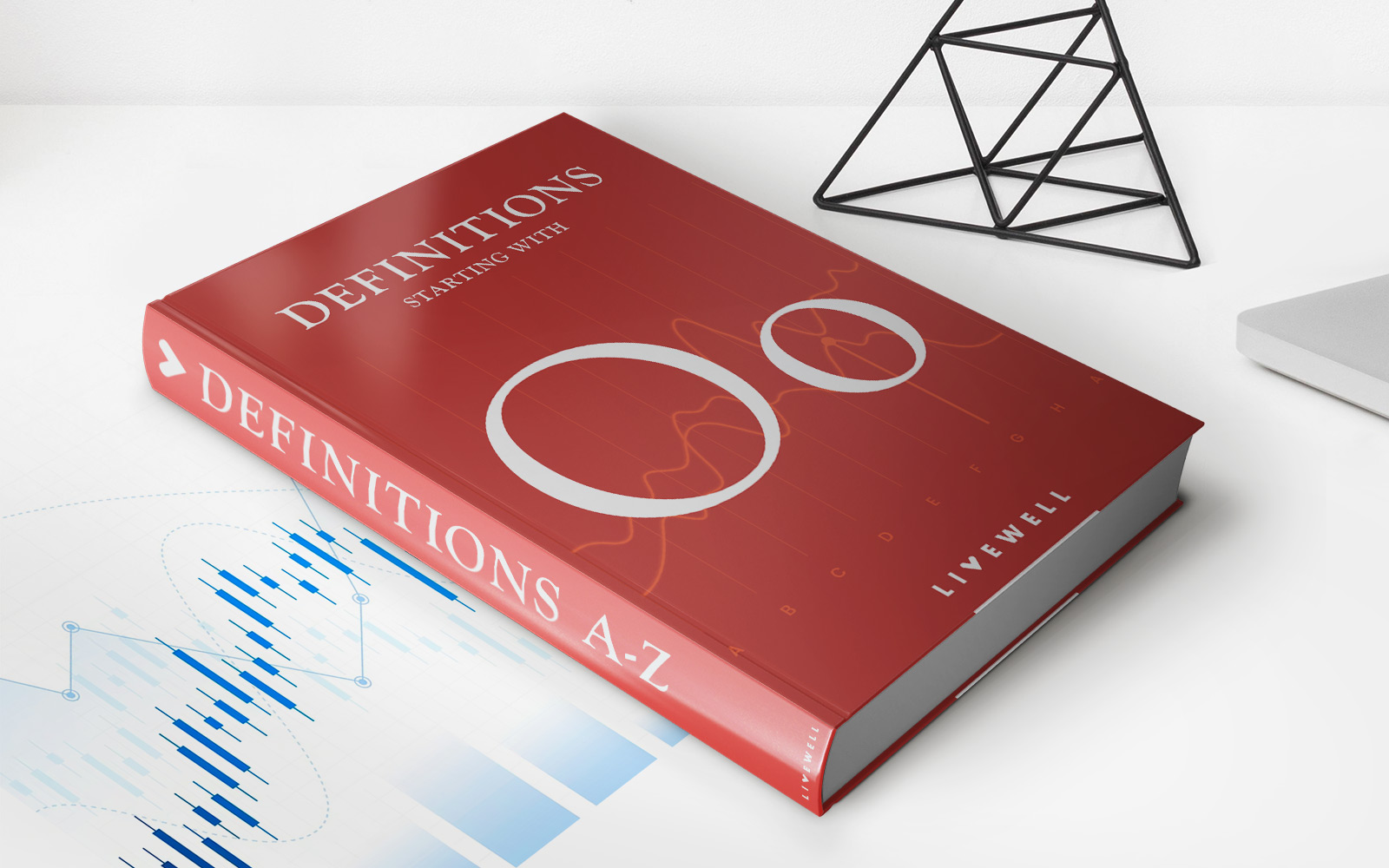Home>Finance>Production Externality: Definition, Measuring, And Examples


Finance
Production Externality: Definition, Measuring, And Examples
Published: January 12, 2024
Learn the definition, measurement, and examples of production externality in finance. Understand its impact on the economy and businesses.
(Many of the links in this article redirect to a specific reviewed product. Your purchase of these products through affiliate links helps to generate commission for LiveWell, at no extra cost. Learn more)
The Production Externality: Definition, Measuring, and Examples
Welcome to the Finance category on our blog! In this article, we will explore the concept of production externality, discuss how it is measured, and provide some real-world examples. If you’ve ever wondered about the impact of a business’s production activities on the environment or society, then this post is for you. So let’s dive in and explore this fascinating aspect of economics!
Key Takeaways:
- A production externality occurs when the production activities of a firm affect parties other than the buyers and sellers in a market.
- Measuring production externality is challenging due to the difficulty of quantifying the impact on external parties and assigning monetary values to the effects.
What is a Production Externality?
A production externality refers to the unintended spillover effects that a firm’s production activities have on individuals or entities outside the realm of the market transaction. These effects can be positive or negative and occur when the actions of a producer impact parties who are not directly involved in the purchase or production process.
Imagine a factory that emits pollutants into the air, causing health issues for nearby residents. In this case, the negative effects on the residents’ well-being represent a production externality. Similarly, a company that invests in research and development, leading to technological advancements that benefit the entire industry, creates a positive production externality.
Measuring Production Externality
Measuring the impact of production externality is a complex task. Unlike market transactions where prices serve as a measure of value, it is challenging to quantify the effects on external parties and assign monetary values to these effects. Nevertheless, economists have developed various methods and techniques to estimate the magnitude of production externalities.
Some common approaches to measuring production externality include:
- Surveys and Interviews: Researchers gather data through surveys and interviews to assess the perceptions and attitudes of individuals impacted by the externalities. This qualitative data can provide insights into the extent and nature of the effects.
- Econometric Modeling: Through statistical analysis and econometric modeling, economists attempt to quantify the relationship between production activities and external impacts. This involves analyzing historical data and establishing causal links between the variables under study.
- Cost-Benefit Analysis: By conducting cost-benefit analyses, economists can compare the costs incurred by external parties (such as healthcare expenses) with the benefits (such as increased productivity) resulting from production externality. This allows for a more comprehensive assessment of the net impact.
Examples of Production Externality
Let’s explore a few examples of production externality to better understand how it manifests in the real world:
- Environmental Pollution: Industrial plants emitting harmful pollutants into the air, water, or soil affect the health and quality of life of nearby residents. This negative production externality can lead to increased healthcare costs and decreased property values.
- Technological Innovations: Companies investing in research and development often create positive production externality. For example, advancements in renewable energy technologies benefit the entire society by reducing pollution and dependence on fossil fuels.
- Noise Pollution: Construction sites and factories generating excessive noise can disrupt the peace and well-being of surrounding communities. These negative externalities may lead to stress, sleep disturbances, and other health-related issues.
- Traffic Congestion: Industries that rely heavily on transportation can contribute to traffic congestion, impacting not only the efficiency of the transportation system but also causing delays and productivity losses for commuters and businesses.
These examples illustrate how production externalities can have wide-ranging effects on individuals, communities, and the environment.
Conclusion
The concept of production externality highlights the unintended consequences of a firm’s production activities on external parties. Measuring these externalities can be challenging, but economists employ various methods to estimate their impact. By understanding the concept and exploring real-world examples, we can strive to minimize negative production externalities and promote positive ones for the benefit of all stakeholders.














